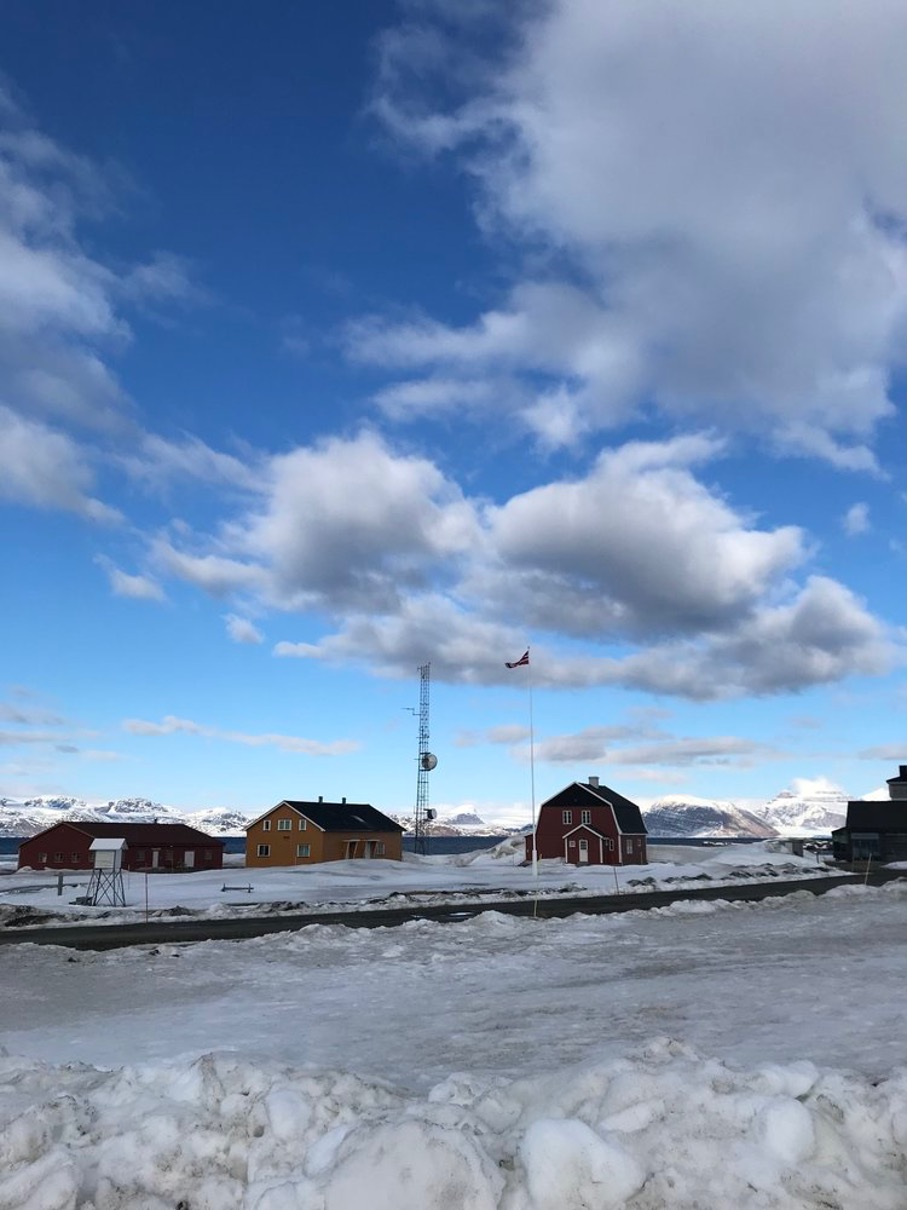So… Svalbard. First, I was going in December. Then January. Then a bit later in January. (Spoiler alert: I did not go to Svalbard in December or January). Then it was February. (See previous spoiler alert). By the time my P.I. told me, “Svalbard, end of May,” I had grown distrustful and cynical.
Sure, Svalbard, pandemic allowing. Don’t make me laugh. Honestly, the cat would be just as happy if it never happened.
But when the end of May rolled around, lo and behold.
See also: previous blogs by Kate Crosman:
- How tiny zooplankton can help us understand trust in Big Ocean Data
- Moving to Trondheim to work with Big Ocean Data – Starting a postdoc at the Department of Marine Technology
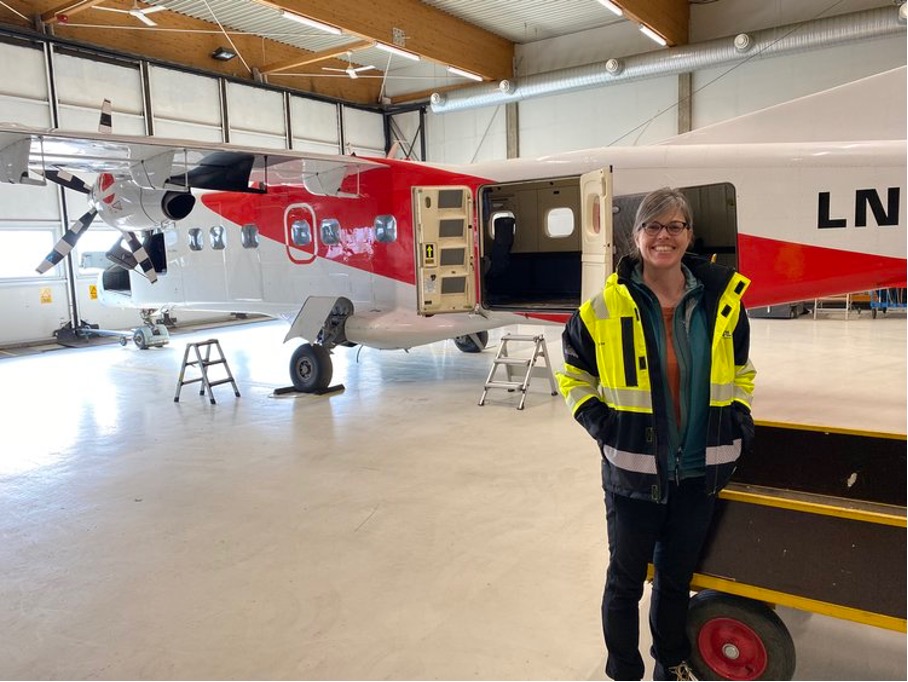
Northernmost everything
Not just Svalbard, but the tiny research station of Ny Ålesund, largely recognized as the world’s northernmost permanently inhabited community. One night, under the bright rays of the midnight sun, an expedition-mate told me: Ny Ålesund, probably home of the northernmost anything-you-like: Northernmost research station (more about that later). Northernmost post office (of course, I sent postcards). Northernmost pub, northernmost hot tub, northernmost gym.
From my point of view: Ny Ålesund, home of the northernmost magic. We were there when the Arctic terns arrived from their epic migration, the longest migration of any animal, from the Antarctic to the Arctic.
One morning there they were, screeching and chasing each other through aerial acrobatics never matched by man’s machinery.
I saw whales – Minke and humpback, seals, reindeer, so many birds, and even a walrus (check that one off the life list!). I did not see a polar bear – and the reaction of every Norwegian: Well then, you’ll have to come back. I’m not arguing.
And my research? Observing, absorbing, and participating in big data collection in action. Along with assorted engineering, biogeochemical, and biological projects, the expedition had the overarching goal of testing the “observational pyramid”, observing a series of phenomena over time and space from a variety of platforms and at a variety of resolutions.
Ways of collecting data
If you are, for instance, interested in the timing and composition of plankton blooms, you could go out and sample from a boat using plankton nets and water samples.
The data you got would be pretty patchy – you can only sample in so many locations and over so much time – and you’d have to be pretty lucky to catch the bloom in action.
You could use an underwater robot programmed either to follow the steepest gradient of chlorophyll-A which shows the edges of a phytoplankton bloom, or to take photos of the kinds of particulates suspended in the water column, from which you might be able to identify the types of zooplankton – like Calanus species – that feed on phytoplankton.
You might get better spatial and temporal coverage than boat surveys, but you’d have to trust that the technology was doing what you expected, even as you knew it very well might not be.
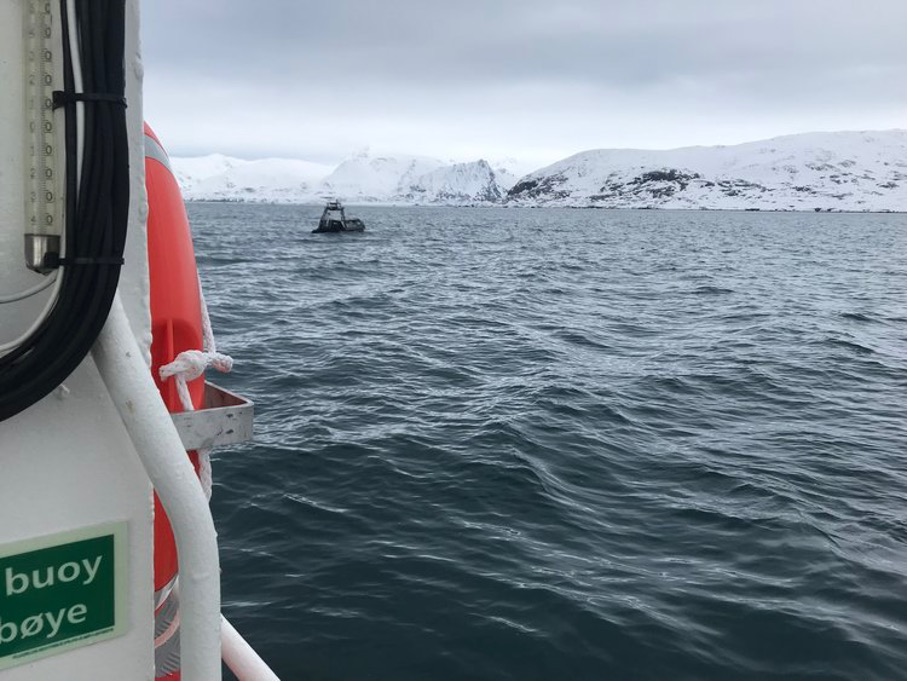
You could send an unmanned surface vessel (USV) equipped with an echosounder to identify where certain organisms that feed on the phytoplankton – like zooplankton – seem likely to be concentrated in the water column.
You’d get a larger sample area and maybe even a longer period, but you might not be sure exactly what those echosounder signatures represented.

Using both traditional and hyperspectral imaging technology, you could use a drone to fly a transect over the whole fjord to show you changes in watercolor and hyperspectral signatures associated with plankton blooms.
Now you’re covering a much larger area – even if only a transect of it – but the specifics are pretty foggy, and you’re again limited in time. Or you could use a satellite to return both traditional and hyperspectral images of the whole area.
At that point, you have very broad coverage at one specific moment, the moment the images are made.
Or you could do all of them together.
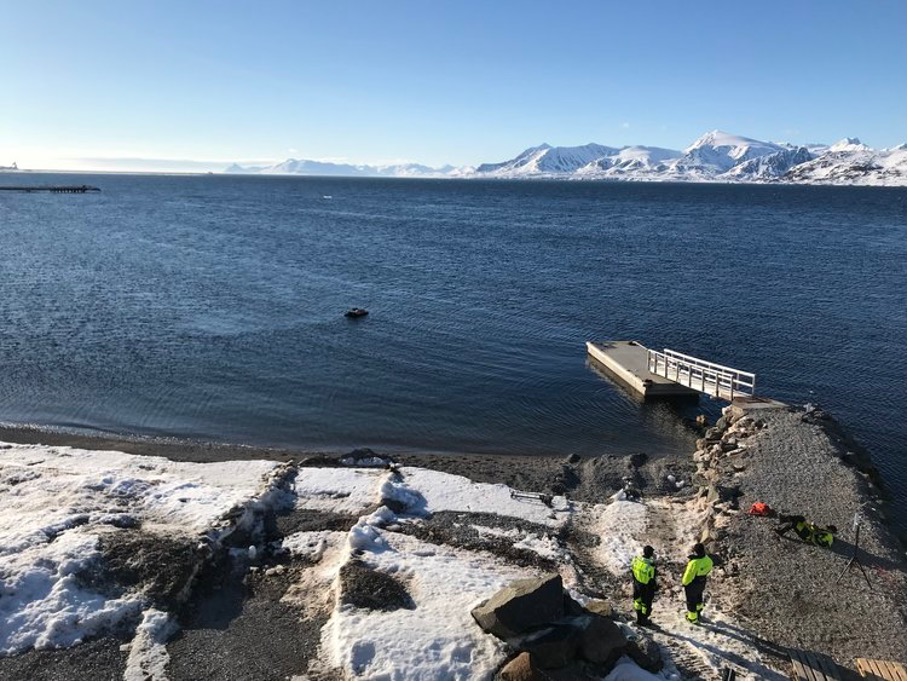
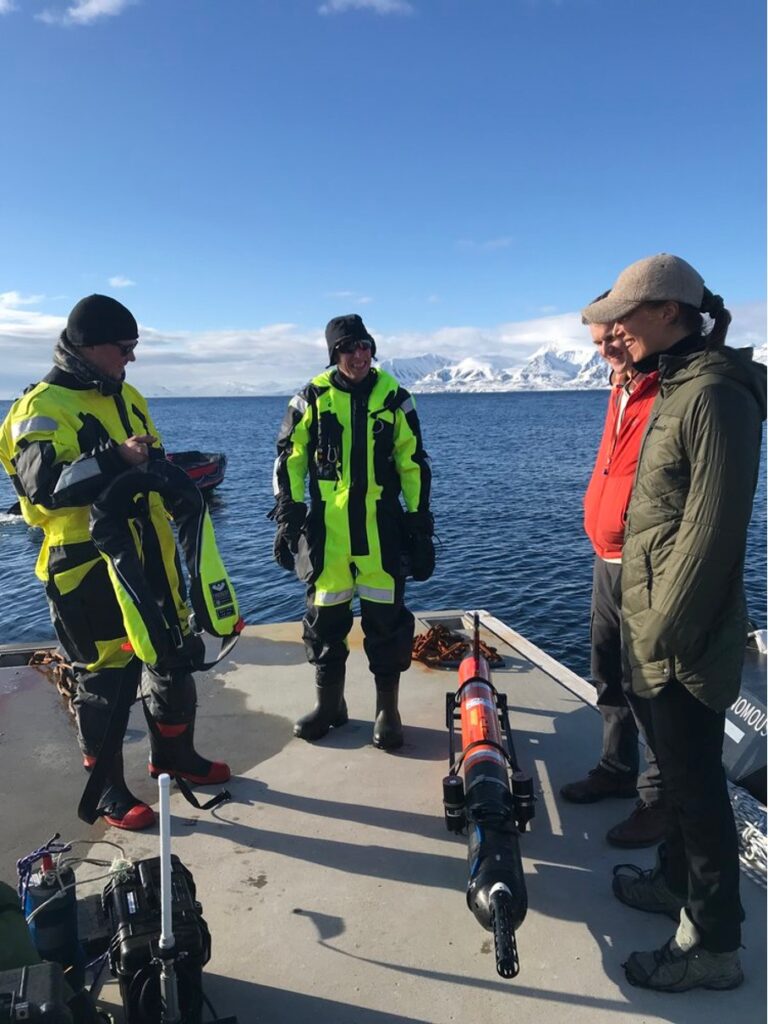
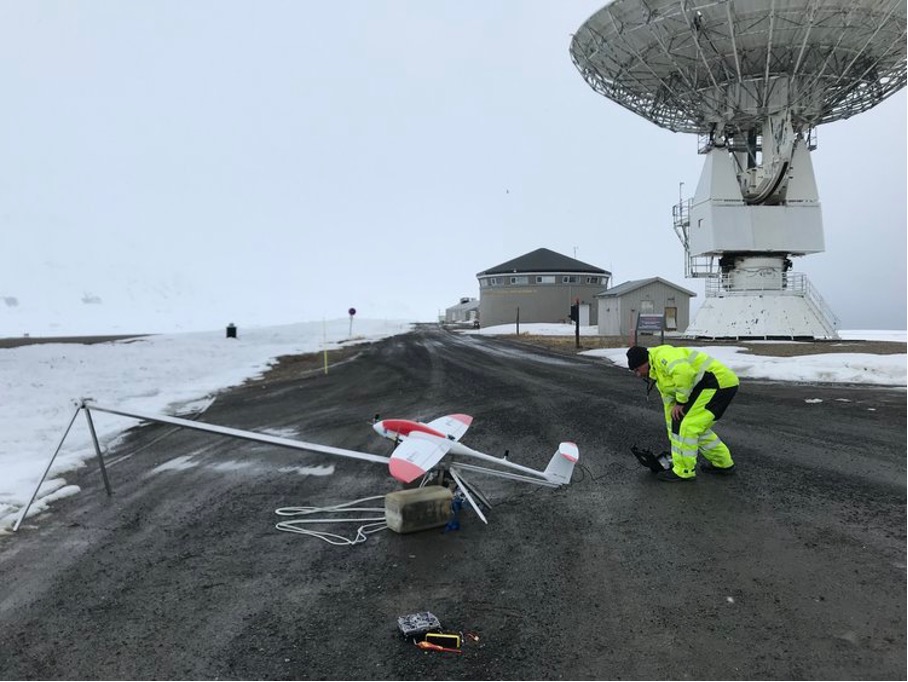
And if you could do that (and, spoiler alert: we can), what might you learn about the ocean? Well, there’s still work to be done to answer that question in detail, but in short – a whole heck of a lot.
Trust? We’ll come back to that next time.
About the Hoffmann Fellowship:
The three-year fellowship is sponsored by the World Economic Forum’s Andre Hoffmann Fellowships for the Fourth Industrial Revolution, the Norwegian University of Science and Technology (NTNU) Department of Marine Technology (IMT), SFI Harvest and HUB Ocean.

